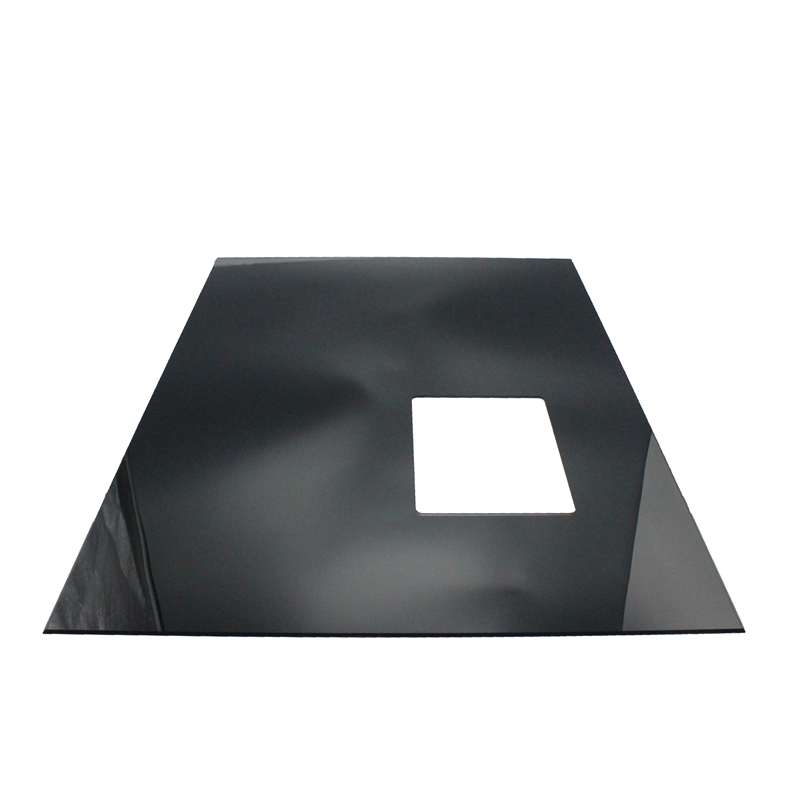Insulating glass is composed of two or three pieces of glass. There is a desiccant between the glass and the glass. Compared with a single piece of glass, insulating glass has higher safety. Let's talk about the five major factors that affect the quality of insulating glass. What are the factors?
First, Selection of original glass
1. The original glass for making insulating glass can be colorless float glass, coated glass, tempered glass, laminated glass, etc. Shaanxi insulating glass manufacturers should avoid using ordinary flat glass, the transparency and strength of ordinary flat glass are not up to the requirements. The above-mentioned original glass sheets must meet the corresponding standard requirements, and can only be used after passing the inspection.
2. Different batches of glass from different manufacturers are checked for color difference before cutting.
3. The glass cutting size should be strictly implemented according to the requirements of the drawings. At the same time, the operator should pay attention to the surface of the glass, and there should be no obvious defects such as scratches and bubbles.
Second, the selection of aluminum strips and gussets
1. The thickness of the aluminum strip should be between 0.3-0.35mm, the thickness should be uniform, and the ventilation holes should be evenly distributed. Aluminum strips must be anodized or decontaminated and need to be bent, and products of good quality and high grade must be selected. Improve the utilization rate of aluminum strips.
2. The size of the gusset should be selected well, and the surface should be wiped clean.
3. Use of desiccant
Third, there are three main types of desiccant for insulating glass:
1. The ability to absorb volatiles is better;
2. The adsorption capacity of inert gas is the lowest;
3. Ordinary molecular sieve.
Users should choose the appropriate molecular sieve according to their own needs, and the molecular sieve should also have the appropriate particle size (1-1.5mm) and hardness. In addition, the environment in which the molecular sieve is used should be dry, and the packing molecules should be used within 1.5 hours to ensure the quality of the insulating glass.

Fourth, the selection of sealant
1. Butyl rubber
Butyl glue is the first seal of aluminum strip type insulating glass. It is a hot-melt glue with very low water vapor transmission rate (the lowest in insulating glass glue) and high viscosity. The most effective barrier to prevent water vapor between them, but it needs to be heated, pressurized, and extrusion coated on both sides of the aluminum strip by a special machine.
At present, there are many domestic butyl rubber manufacturers, but the heating temperature and pressure of the rubber produced by each company are not the same. This requires users to choose high-quality products and understand its use requirements.
2. Polysulfide rubber
Polysulfide glue is currently the largest amount of insulating glass sealants. Polysulfide glue has good oil resistance, solvent resistance and sealing performance. Polysulfide glue must be polymerized with metal oxide as curing agent. The ratio of the two components is about 1:10. The mixing ratio and uniformity have little effect on the effect. Therefore, the glue can be applied by machine or by hand.
The selection requirements for polysulfide rubber: the color difference between the two components is clear; the validity period is more than half a year; the anti-ultraviolet ability is strong; it has good fluidity and curing elasticity.
3. Silicone glue
Silicone sealant has structural, anti-aging and anti-ultraviolet properties, but its weakness is high water vapor transmission rate. Therefore, silicone rubber is suitable for places with strong light and poor environment, such as glass curtain walls, etc. At the same time, butyl rubber must be used as the first seal. Silicone rubber, in the past, my country has long relied on imports, and now the State Economic and Trade Commission has established a leading group of silicone rubber to carry out safety certification for structural adhesives. At present, many domestic enterprises have passed the certification.
Five, the use of composite sealing strips
Composite sealing strip is a composite sealing material developed by American chemists in the 1980s. It is an insulating glass raw material that integrates supporting frame (wave-shaped aluminum strip), sealing (butyl rubber) and drying (desiccant). The environment is good; the disadvantage is that the rubber strip absorbs moisture slowly, and special equipment must be used. At present, the price of the rubber strip is limited due to the output, and the selection of the composite sealing strip should consider the smooth surface, the quality of the aluminum strip, the content of the glue, and the moderate viscosity.

 English
English عربى
عربى Español
Español















.jpg?imageView2/2/format/jp2)
-1.jpg?imageView2/2/format/jp2)



